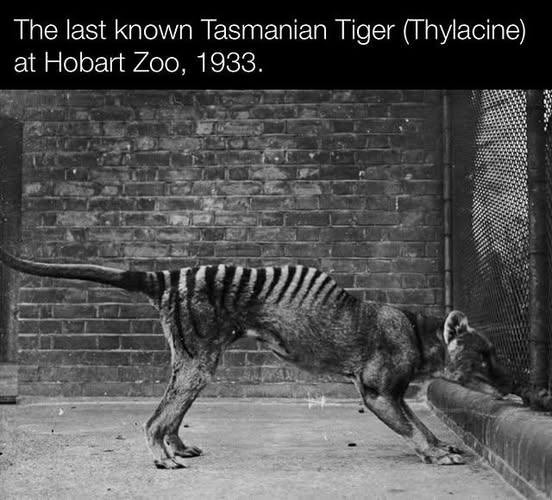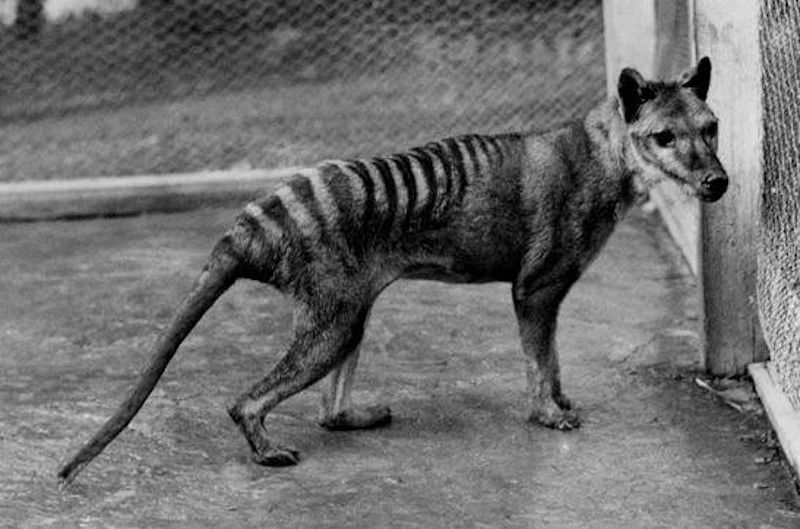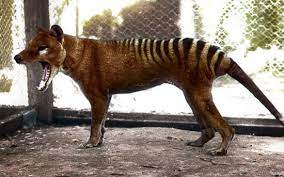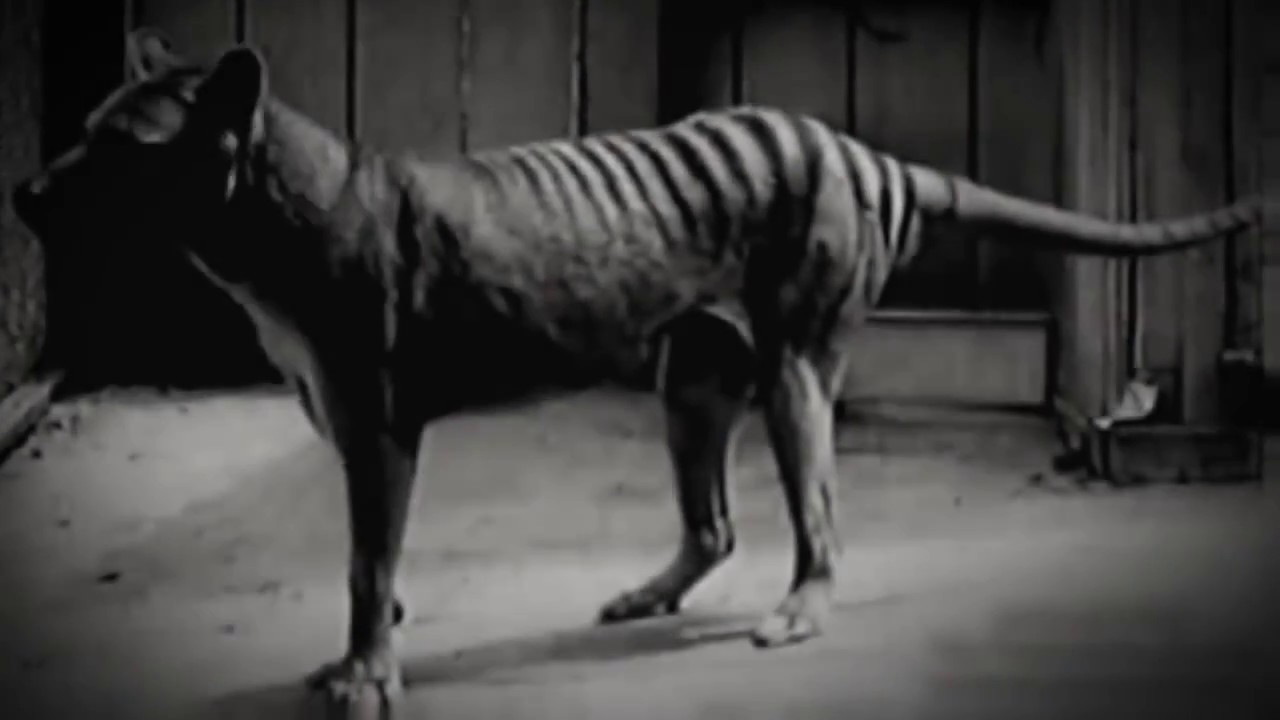The Tragic End of the Tasmanian Tiger

The Tragic End of the Tasmanian Tiger
The last known thylacine—commonly referred to as the Tasmanian Tiger—was captured in 1933 by trapper Elias Churchill in Tasmania’s remote Florentine Valley. The animal, later nicknamed Benjamin, was transported to the Beaumaris Zoo in Hobart, where it would unknowingly become the final captive member of its species.
That same year, naturalist David Fleay filmed the thylacine pacing in its enclosure. These haunting black-and-white clips are now some of the only moving images of the species, symbolizing the fragile line between survival and extinction.
Although public concern had grown, official protection for the thylacine came too late. In July 1936, the species was declared protected by the Tasmanian government. But just two months later, on the night of September 7, Benjamin died from exposure—locked out of its shelter on a cold winter night. With that, the species was declared extinct.
The thylacine’s extinction was the result of intense hunting—encouraged by government bounties—as well as habitat destruction and competition with introduced species like dogs. Misinformation about the animal’s behavior further fueled persecution.
Its disappearance has become one of the most painful lessons in conservation history. Today, September 7 is recognized as National Threatened Species Day in Australia, honoring the thylacine’s legacy and reminding us of the cost of inaction.
Efforts to find surviving thylacines in the wild have continued for decades, but no verified sightings have ever been confirmed. Despite its extinction, the thylacine continues to fascinate the public and inspire renewed commitment to protect endangered species.
The story of the Tasmanian Tiger is more than just a tale of loss—it’s a call to protect the vulnerable before it’s too late.











